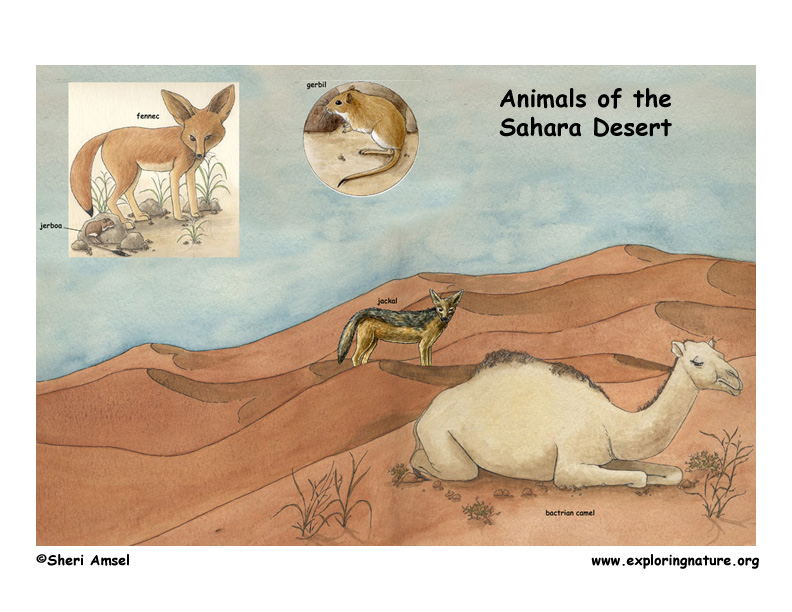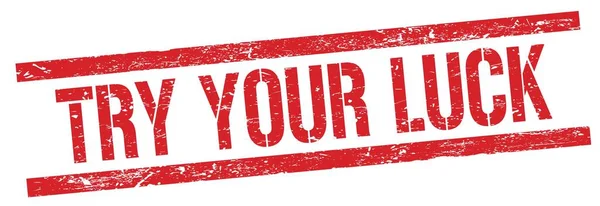Desert Animals And Plants Food Chain

An accumulation of the very best Desert Animals And Plants Food Chain wallpapers and backgrounds readily available for download for free. We hope you enjoy our growing number of HD images to make use of as a background or home screen for the smartphone or computer. Please contact us if you want to publish a brilliant picture on our site. Only the best wallpapers. Everyday improvements of new, awesome, HD wallpapers for computer and phones.
A ton of wonderful Desert Animals And Plants Food Chain backgrounds so that you can download to get free. Also you can post plus talk about the best wallpapers. HD wall papers and history graphics

Pin by Exploring Nature Life Science Website on Biomes

Food Chain & Food Web Card Sort Bundle (Desert, Temperate

Arizona Food Web Ecoplexity Desert ecosystem

Desert animals and plants food chain
It always ends with animals, called consumers. Each habitat has its own food chain based on the animals and plants found there. Knowing the outback is a desert you would expect it to have barely any life, but the truth is the australian desert is teeming with life. Inspite of the extreme heat and less rainfall in the sahara desert, many plants and animals live here. Pack rats search for food and material for building their nest at night. A food chain shows how each member of an ecosystem gets its food. They usually consist of a producer, a consumer and a predator, with the predator being the top of the food chain. Thus, they are found in extremely arid conditions, regions receiving less than 100 mm of annual rainfall. How do plants and animals get the energy they need to live? Let’s learn about what each term means, and how each model is different. The plants are called producers as they do. As you can see, there are many species of animals in the desert that eat each other. Several species of insects like ants, beetles, termites, fleas, lice, mantids, moths, locusts, etc., are found in the arabian desert and act as an important part of the desert food chain. A food chain in a grassland ecosystem may consist of grasses and other plants, grasshoppers, frogs, snakes and hawks (figure 8.3). Smaller animals tend to thrive in the desert as compared to those that are larger in size.
A few desert animals eat both plants and animals and are known as omnivores. Simultaneously, the plants depend totally on the unpredictable desert environment: The organism at the top of the desert food chain will eventually die and return to the bottom of the chain in the form of. The solitary palm tree in the sahara desert. These animals are eaten as well, by birds and foxes. The desert biome consists of plants including cacti, grass, palm trees, desert willow, mesquites, saguaros, sage brush, desert milkweed, etc. Powered by create your own unique website with customizable templates. They use water carbon dioxide and the energy stored to produce glucose, a sugar which is the basic component of the food chain. The herbivores are mostly small animals like rodent kangaroos, rats, and lizards. The top predators on the desert biome food chain are the large animals including the coyote and raptor. This is an example of a desert food chain. Then it goes on to the producers like spinifex grass and eucalyptus there many others than these two. The producers are the plants, cactus, creosote bushed, thorn acacras and many others. The next level contains the plant eaters which include squirrels, grass grazers, and insects. Venomous scorpions, spiders, and ticks are also found in the desert.
The second level of the food chain is the small predators which include the badger, snakes, and bats. A pumkin melon in the sahara desert. Desert animals mostly feed on plants, insects, carcasses and other animals. For example, grass produces its own food from sunlight. So, a desert food chain starts. Scorpions and spiders also consume insects. Secondary consumers prey on the primary consumers. The small rodents and insects and lizards eat the plants. A change in the size of one population in a food chain. They feed on grasses and leaves of desert plants and obtain water from their food and dew. Sand, sunlight, little amount of water, air, and hot temperature. A food chain is sequence of plants, herbivores and carnivores, through which energy and materials move within an ecosystem. Food chains and food webs in the mojave desert are similar. For example, the grasshopper mouse eats both brittlebush and winged grasshoppers. The desert food chain is composed of the sequence of plants, herbivorous and carnivorous animals, by which energy and materials move within that ecosystem.
This is an example of a food chain in the desert. If the population of the jackal somehow decreases, and predation from this species decreases as a result, the original prey population will increase due to the lack of predation and organisms lower on the food chain such as certain types of plants will decrease. A food web is a group of overlapping food chains in an ecosystem. In the food chain everything is a cycle: There is less variety within the community of organisms relative to tropical biomes or even the temperate rainforest biome of bc in the biosphere, as the conditions are much harsher. The food chains of southwestern deserts work just like the food chains of forests. The food chain describes who eats whom in the wild. Look up that desert and see what plants and animals live there. What can a desert animal eat? Food chains the following food web shows the relationships between the consumers and producers specific to the gobi desert. Insects are the main food of all desert animals. The sahara desert food chain begins with the plants. The availability and timeliness of moisture, the intensity of seasonal temperatures and the organic richness of the soil. Food chains are usually short and not more than three or four links. Everything relies on one another, if you were to take one out, everything will be.
The pack rat is one of the desert animals found in northern mexico and western usa. • omnivores eat plants and animals. The plants, also known as the producers, capture energy from the sun and start the process of photosynthesis all plants from shrubs to cacti use the suns energy as food. It would interest you to know that the primary producers have the most abundant population because they are the primary source of food energy, and are consumed by other creatures for survival. These include bacteria and fungi. The food web works in a strange way in the outback. If you were to take out the cricket, the frog and shrew would die out and then the snake would die and then the hawks would die. In a food chain, you begin with one plant. These animals are eaten by larger insects, lizards, and also snakes. These insectivores then fall prey to the most dangerous carnivores in the desert, the snakes. It starts of with the sun. A food chain always begins with plants, called producers. The bottom level of the food chain contains the primary producers which include wildflowers and sagebrush. The cactus plays an important role in the desert food chain. This single predator is also a huge food source for the namib desert lion.
They are the most preyed upon creatures, the food of lizards, rodents and desert mice. A rabbit eats the grass. In this activity, you’ll build a food chain, a food web, and a food pyramid. Then the primary consumers, which are the herbivores eat the producers. The food chain usually consists of a producer, a consumer and a predator. This is because food and water in the desert is scarce while the climatic conditions are quite extreme. Desert food chain or food web an introduction a food chain, or food web is how biologists describe the series of living organisms that energy passes through as it powers the lives of plants and animals. Sahara desert food web/food chain; • insectivores eat only insects.
Related post:


biome display . . . biome fair? Classroom Science

Desert Food Chain! 1st Grade Teaching Ideas Pinterest

Food Chains Food chain activities, Science activities

Learn about food webs of Forest

Habitats & Food Chains Food chain, Create an animal

Desert Food Web (With images) Food web, Desert biome

This is an African Savanna Food Web. See if you can

This is a food web. The food web shows the energy flow

Food Chain and Food Web Desert Food Card Sort Middle

desert food chain desert food chain food web introduction

Forest Floor Food Web Food web, Ecosystems

Learn about Food Webs on Learn about

Australian Desert Plants and Animals Assignment Desert

the desert food chain Food chain, Deserts, Habitats

Arctic Food Chain For my whale grant/ project

food chain grassland Google Search Biome Unit Study

Food webs are more realistic representations of trophic

Temperate Rainforest Food Web Rainforest, Temperate
That's all about Desert Animals And Plants Food Chain, • insectivores eat only insects. Sahara desert food web/food chain; Desert food chain or food web an introduction a food chain, or food web is how biologists describe the series of living organisms that energy passes through as it powers the lives of plants and animals. This is because food and water in the desert is scarce while the climatic conditions are quite extreme. The food chain usually consists of a producer, a consumer and a predator. Then the primary consumers, which are the herbivores eat the producers.



